Times:2025-04-16 22:35:23
The global Through Glass Vias Substrate (TGV Substrate) market size is estimated to be worth US$ 128.21 million in 2023 and is forecast to a readjusted size of US$ 477.87 million by 2030 with a CAGR of 20.97% during the forecast period 2023-2030.
The global major manufacturers of Through Glass Vias Substrate (TGV Substrate) include SCHOTT HermeS, Corning, LPKF(Vitrion), Tecnisco, Plan Optik, Samtec, Kiso Wave, AGC, and WG TECH (Jiang Xi) Co., Ltd., etc. In terms of revenue, the global top five largest players hold more than 50% market share of Through Glass Vias Substrate (TGV Substrate) in 2023.
Global Through Glass Vias Substrate (TGV Substrate) Scope and Market Size
Through Glass Vias Substrate (TGV Substrate) market is segmented by region (country), by players, by Type, and by Application. Players, stakeholders, and other participants in the global Through Glass Vias Substrate (TGV Substrate) market will be able to gain the upper hand as they use the report as a powerful resource. The segmental analysis focuses on sales, revenue and forecast by Type and by Application for the period 2019-2030.
For China market, this report focuses on the Through Glass Vias Substrate (TGV Substrate) market size by players, by Type, and by Application, for the period 2019-2030. The key players include the global and local players which play important roles in China.
The Key manufacturers that are operating in the global Through Glass Vias Substrate (TGV Substrate) market are:
SCHOTT HermeS
Corning
LPKF(Vitrion)
Tecnisco
Plan Optik
AGC
Samtec
Kiso Wave
WG TECH (Jiang Xi) Co., Ltd.
Zhejiang Lante Optics
Segment by Type
Φ100mm
Φ150mm
Φ200mm
Φ300mm
Other
Segment by Application
Biomedical
Automotive Electronic
Consumer Electronics
Other
Segment by Region
North America
Europe
Japan
China
Other Regions
Through-Glass Vias (TGV) Substrate is a technology used in the manufacturing of microelectronics and MEMS (Micro-Electro-Mechanical Systems) devices, facilitating the integration of electronic components onto glass substrates. This innovative approach involves creating vertical interconnections or vias that penetrate through the glass substrate, enabling the seamless integration of electronic components on both sides of the glass. Through these glass vias, electrical signals, power, and data can be transmitted between different layers of the device, allowing for compact and efficient designs. TGV substrates find applications in various fields such as sensors, microfluidics, and advanced packaging, providing a platform for the development of high-performance, miniaturized devices with improved thermal and mechanical properties. This technology contributes to the advancement of compact and lightweight electronic systems, particularly in applications where the use of traditional silicon-based substrates may be impractical or insufficient.
The TGV substrate uses high-quality borosilicate glass and quartz glass as the base material, and realizes 3D interconnection through seed layer sputtering, electroplating filling, chemical mechanical planarization, RDL rewiring, and bump process lead-out. TGV is a micro via hole usually with a diameter of 10μm-100μm. For various applications in advanced packaging, tens of thousands of TGV vias are typically applied and metallized per wafer to obtain the required conductivity.
⭐Global Through Glass Vias Substrate (TGV Substrate) Market Size Market Share by Type in 2024 & 2030
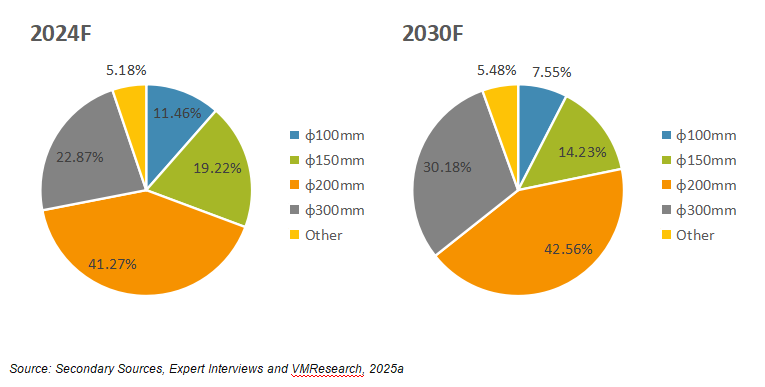
⭐ Global Through Glass Vias Substrate (TGV Substrate) Production Market Share Forecast by Region (2019-2030)
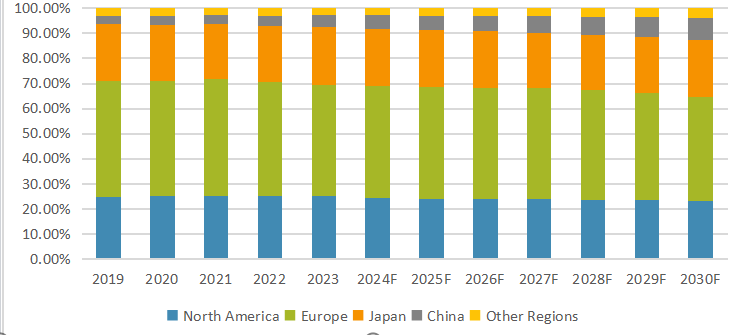
⭐Global Through Glass Vias Substrate (TGV Substrate) Sales by Manufacturers (2020-2023) & (K Unit)
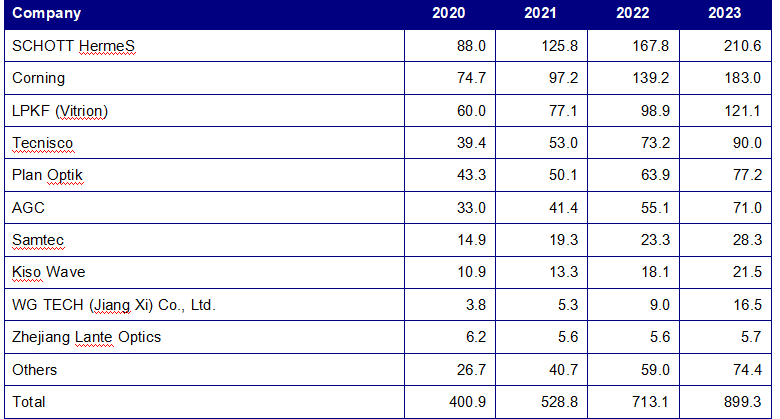
⭐Upstream Raw Materials and Downstream Analysis
TGV substrate materials are mainly made of glass and quartz. The most common materials on the market include Schott's Borofloat®33, AF 32®eco 33, D 263®T eco glass material; AGC's SW-YY ® glass material, EN-A1 Alkali-Free Boro-Aluminosilicate glass material; Corning's W1112-Fused Silica, W1029-Fused Silica, W1006-Fused Silica and other quartz materials.
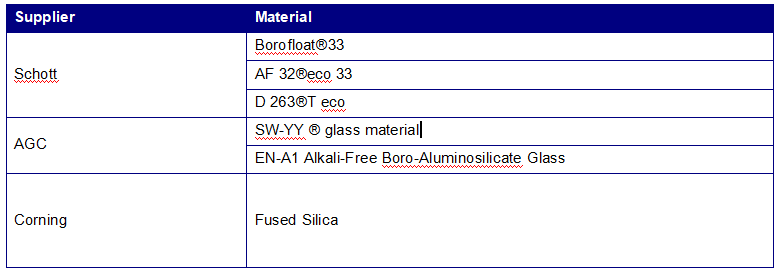
⭐Through Glass Vias Substrate (TGV Substrate) Typical Customers
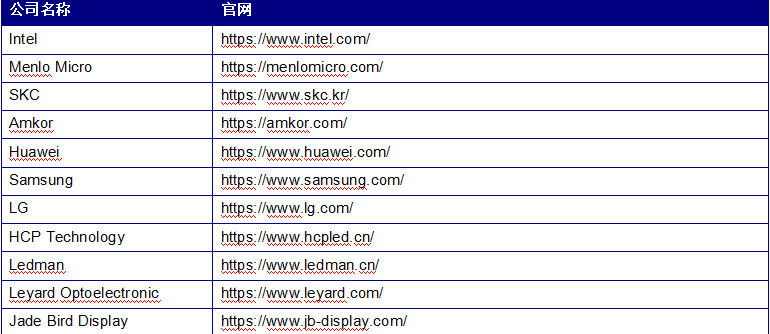
⭐Research Findings and Conclusion
Through-Glass Vias (TGV) Substrate is a technology used in the manufacturing of microelectronics and MEMS (Micro-Electro-Mechanical Systems) devices, facilitating the integration of electronic components onto glass substrates. The TGV substrate utilizes high-quality borosilicate and quartz glass as the base materials, employing processes such as seed layer sputtering, electroplating filling, chemical-mechanical planarization, RDL rewiring, and bump process lead-out to achieve 3D interconnection. Typically, TGVs have a micro via hole with a diameter ranging from 10μm to 100μm. In advanced packaging applications, tens of thousands of TGV vias are commonly applied and metallized per wafer to ensure the required conductivity.
The estimated global market size for Through Glass Vias Substrate (TGV Substrate) is projected to be USD 128.21 million in 2023, and it is forecasted to reach a revised size of USD 477.87 million by 2030, exhibiting a Compound Annual Growth Rate (CAGR) of 20.97% during the forecast period 2023-2030. Regions such as the United States, Germany, and Japan lead the global market, collectively accounting for over 80% of the consumption market.
Presently, TGV substrates are available in common sizes including 100 mm, 150 mm, 200 mm, and 300 mm, with the 200 mm variant being the most prevalent, constituting over 40% of the market share. TGV substrates find widespread applications in various fields such as consumer electronics, automotive, and biomedical industries. Among these, consumer electronics currently represents the largest market segment, capturing approximately 50% of the overall market. As advanced packaging technologies continue to evolve, the demand for TGV substrates is expected to sustain rapid growth.
Major global manufacturers of TGV substrates include SCHOTT HermeS, Corning, LPKF (Vitrion), Tecnisco, Plan Optik, Samtec, Kiso Wave, AGC, and WG TECH (Jiang Xi) Co., Ltd., among others. In terms of revenue, the top five global players collectively hold more than 50% market share of Through Glass Vias Substrate (TGV Substrate) in 2023. Other potential entrant includes Cellwise Microelectronics, Sky Semiconductor, DNP, RENA Technologies, Fraunhofer IZM.
The future technological development trends for TGV products are expected to be driven by innovations in advanced packaging technologies. Increased miniaturization, higher density interconnections, and enhanced performance capabilities are anticipated to be key focus areas. Additionally, the integration of TGV substrates in emerging technologies such as flexible electronics and Internet of Things (IoT) applications is likely to shape the industry's future landscape.